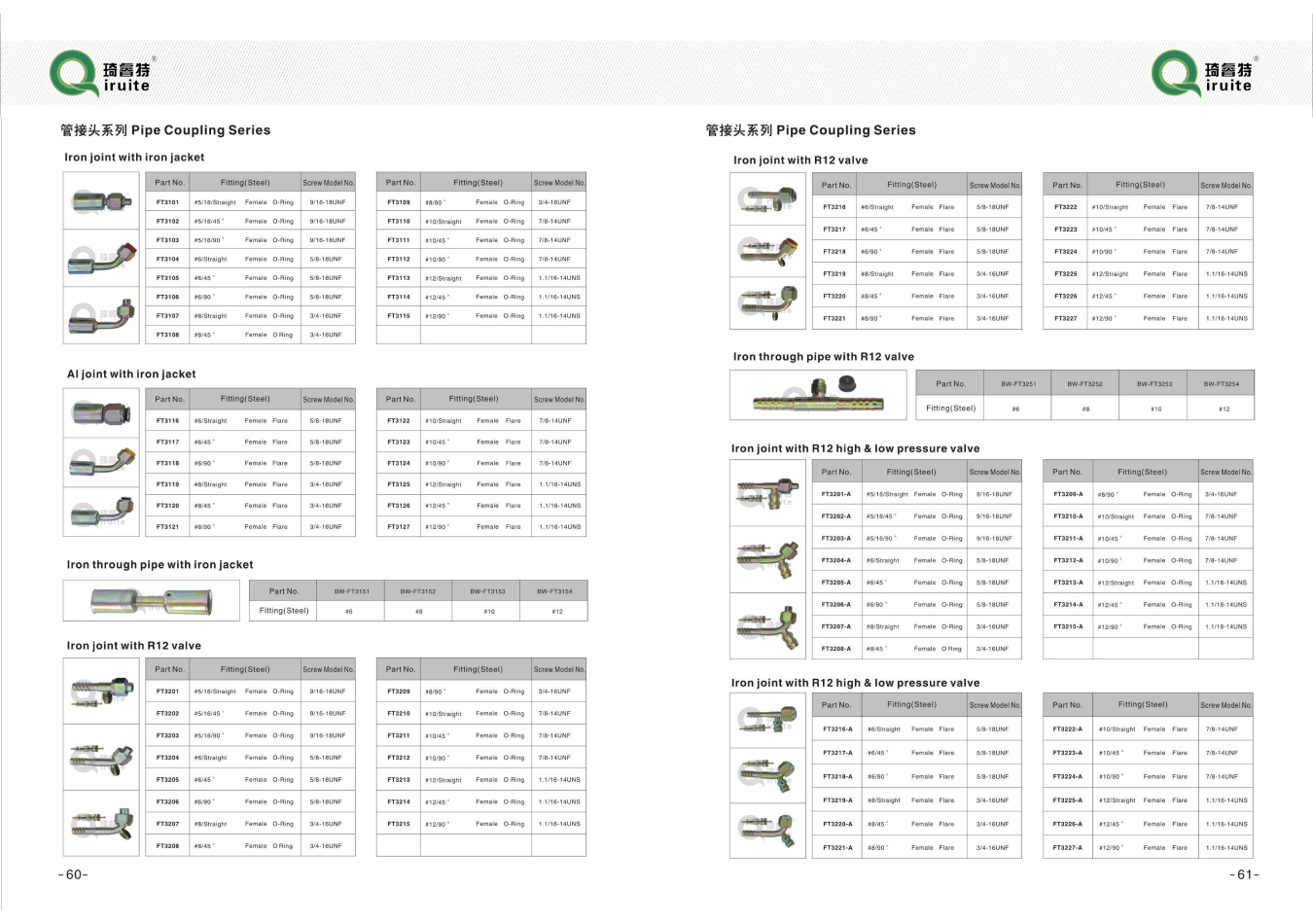what is the difference between 134a and r134a
When discussing refrigeration and air conditioning systems, two common refrigerants often come into play R134a and 134a. Despite what the numbers might suggest, it’s important to clarify the terminology surrounding these substances to avoid confusion.
When discussing refrigeration and air conditioning systems, two common refrigerants often come into play R134a and 134a
. Despite what the numbers might suggest, it’s important to clarify the terminology surrounding these substances to avoid confusion.On the other hand, when people refer to ‘134a’ without the R prefix, they typically mean the same substance—R134a. Thus, there isn't a technical difference between the two. The presence or absence of the “R” prefix is often a matter of shorthand or common usage, especially in informal conversations or written texts.
what is the difference between 134a and r134a

R134a has various properties that make it suitable for refrigeration systems, including a boiling point of -26.3 degrees Celsius, a low toxicity, and non-flammability, which make it a safer option than some other refrigerants. However, its GWP—compared to natural refrigerants or newer HFOs (hydrofluoroolefins)—remains a challenge. Many industries are transitioning to alternatives with lower GWP ratings in response to international agreements like the Kigali Amendment, which aims to phase down HFCs globally.
In practical applications, R134a is generally preferred in systems designed for its use. Retrofitting older systems that used R12 or other refrigerants to R134a may require some modifications, such as changing lubricants and replacing certain sealing materials to ensure compatibility.
In conclusion, R134a and 134a refer to the same refrigerant, and the differences lie primarily in terminology rather than chemical properties. Understanding these distinctions is crucial for professionals in the field of HVAC (heating, ventilation, and air conditioning) and refrigeration, as it informs the choices they make regarding refrigerant selection and system design. As the industry continues to evolve and regulations tighten, familiarity with R134a and its alternatives will be essential for sustainable practices in cooling technologies.
-
Ultimate Spiral Protection for Hoses & CablesNewsJun.26,2025
-
The Ultimate Quick-Connect Solutions for Every NeedNewsJun.26,2025
-
SAE J1401 Brake Hose: Reliable Choice for Safe BrakingNewsJun.26,2025
-
Reliable J2064 A/C Hoses for Real-World Cooling NeedsNewsJun.26,2025
-
Heavy-Duty Sewer Jetting Hoses Built to LastNewsJun.26,2025
-
Fix Power Steering Tube Leaks Fast – Durable & Affordable SolutionNewsJun.26,2025

